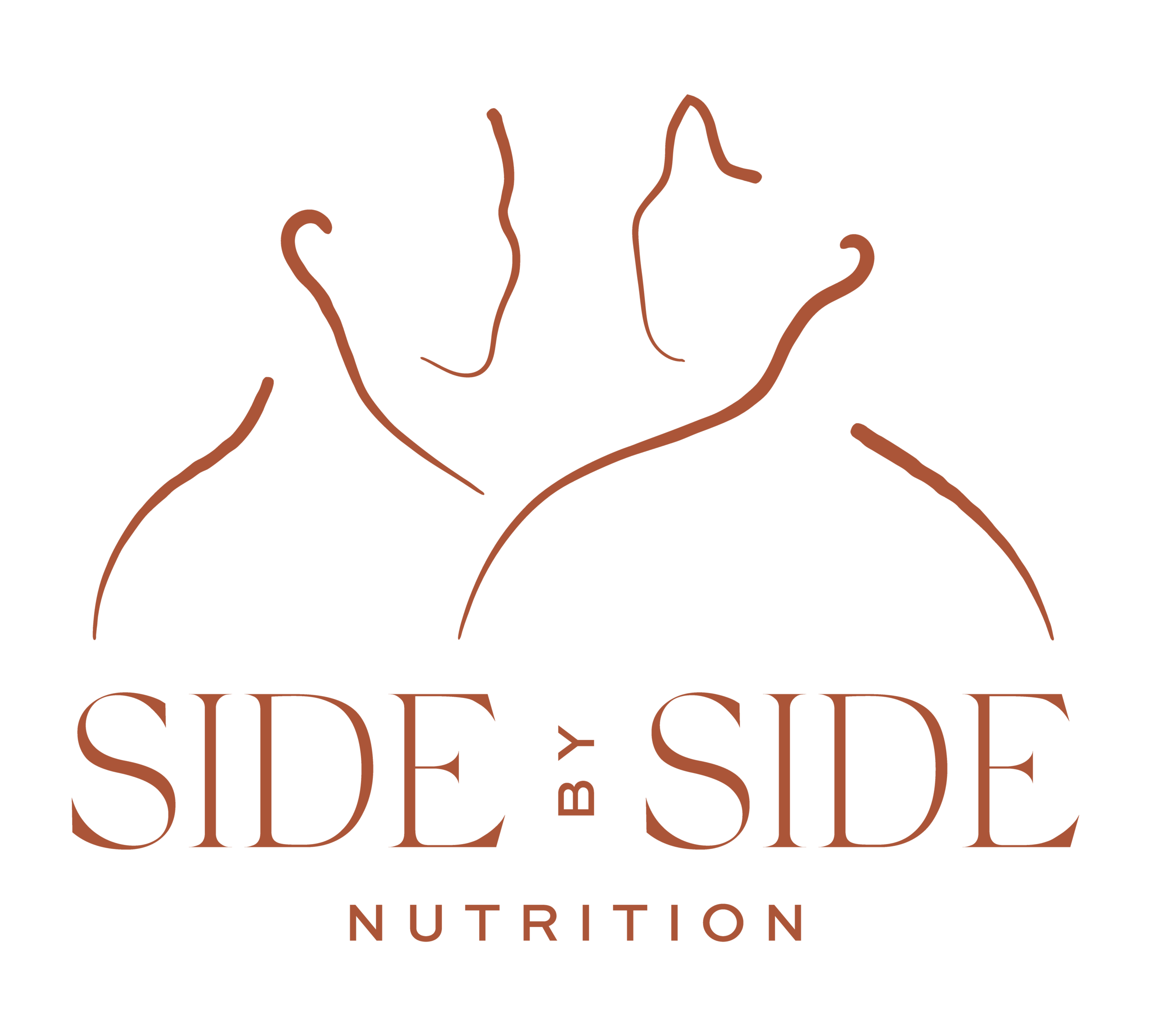How To Practice Neuroplasticity And Rewiring In Recovery
Neuroplasticity is the property of the brain that enables it to change its own structure and functioning in response to activity and mental experience. Brain cells are able to constantly communicate electrically with one another and form and re-form new connections, moment by moment...a unique kind of healing. The good news for recovery is that when we start to think, feel, and do things differently, we carve out a new road.
However, because this road hasn’t been traveled, it isn’t too strong and our brain doesn’t easily take that path. However, the more you activity take this new pathway, our brain will start using it more, and then this pathway will become easier to take, more automatic, and eventually become your new normal. The old path is used less and weakens. We all have the ability to rewire our brain and with repeated and directed attention to the changes you want, you can experience these changes first hand.
STEP 1: INCREASE SELF-AWARENESS
We can not begin to change something we are not aware of. Let's become more aware of what behaviors, feelings, and thoughts are reinforcing the eating disorder voice in order to change them. Stop here and try and take a second to reflect. What are you currently doing that is reinforcing the eating disorder thoughts and pathway?
Examples include body checking, body shaming, telling yourself certain foods are "bad".
STEP 2: PAUSE
Here is where you need to take active participation with your thoughts and behaviors. Taking active participation in your thoughts will help you also take active participation in your beliefs, behaviors, and feelings. Reflect on that thought. Where does that unhelpful thought lead you? Does it end up hurting or harming you? You have the choice to not jump on the thought train. When an unhelpful or unwanted thought comes up, do not continue to lead yourself down this road. Choose to stop entertaining and reinforcing that thought. When you engage in the thought and choose to entertain it, you strengthen that pathway, which will work against your attempt to create new helpful thoughts
STEP 3: REPLACE
Replace the thought or behavior with the thought or behavior you would like to be in its place. Choose something that feels right for you. Every time you replace with this new thought, feeling or behavior, you create stronger pathways that are more aligned with recovery. For example, if you want to live a life where you aren’t fearing cupcakes, eat a cupcake. Do it over and over and over until your new learned behavior and thought is “I eat cupcakes” has a stronger pathway than the eating disorder pathway that says “you can not eat cupcakes.”
STEP 4: REDIRECT
If you want to go even further with the process, after replacing, try then redirecting yourself to your values to start creating a life centered around your values. Choose to take the focus off of your eating disorder and place it on the values of your authentic self.
Click here to learn more about how knowing your values can be an important part of your recovery.

